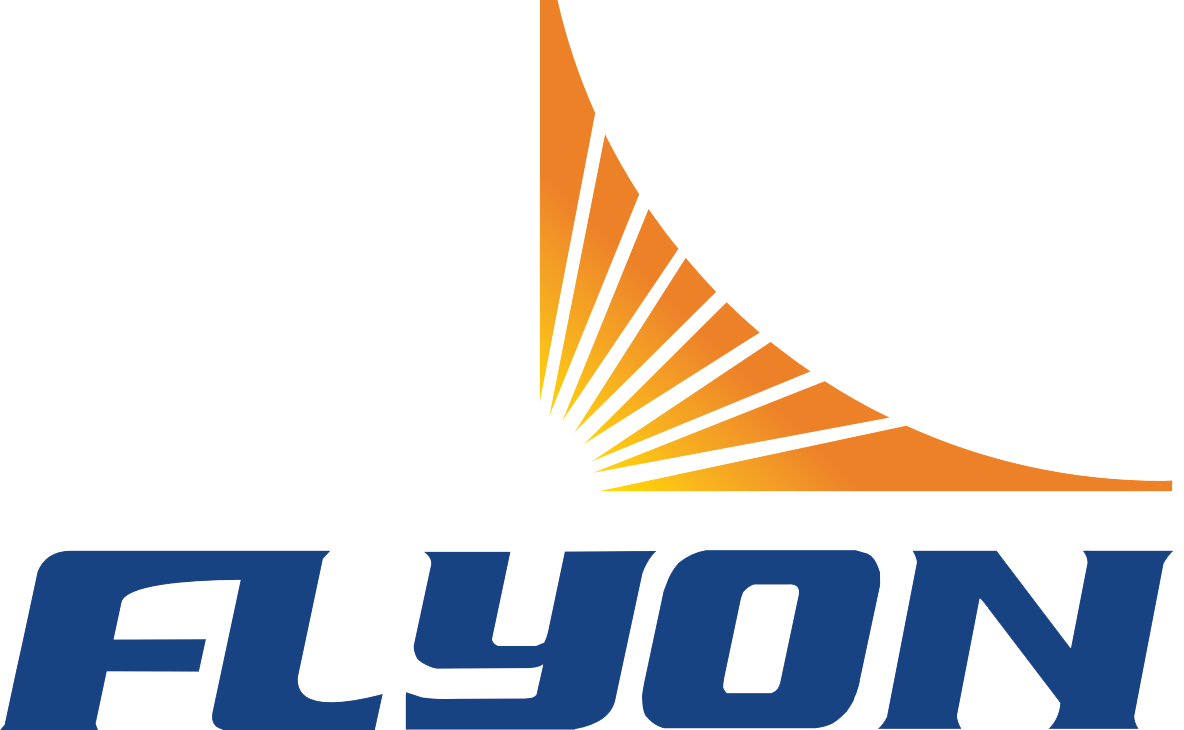Structural Integrity of Metal Structure Bleachers: Engineering for Safety
Common Structural Failures in Public Seating Systems
Most bleacher failures in assembly venues come down to two main issues: overloading and material fatigue, accounting for about 78% of all incidents according to ASTM standards (F1427-21). The biggest problems tend to be loose fasteners and cracked welds throughout the structure. When crowds gather in these spaces, metal bleachers often give way at their weakest spots, particularly where guardrails connect to the actual seating areas. This happens because people constantly shifting positions puts repeated stress on those joints, eventually causing them to break under pressure.
Engineering Standards for Load Capacity and Frame Stability
Modern bleacher designs must support a minimum live load of 100 psf (4.79 kPa) per ASCE/SEI 7-22, incorporating a 5:1 safety factor on critical joints. Triangulated bracing systems enhance frame stability by reducing lateral deflection by 40-60% compared to rectangular framing, a design proven effective in NCAA stadium retrofits.
Case Study: Collapse Incidents Due to Poor Welding and Fastener Failure
In 2015 at the Indiana State Fair, part of the grandstand seating collapsed when they found out the main support beams had been welded improperly. The welds were way too small according to industry standards, with measurements showing only about two thirds of what ASTM AISC required for proper penetration depth. After this accident, there were around four million dollars paid out in compensation claims. As a result, Indiana changed regulations requiring ultrasonic tests on all those welds in public venues where people gather. The state labor department put these new rules into place back in 2015 following the incident.
Trend: Adoption of High-Strength Aluminum and Galvanized Steel Alloys
Since 2020, 6061-T6 aluminum has captured a growing market share due to its 35% weight reduction and superior corrosion resistance over carbon steel. Meanwhile, hot-dip galvanized steel components now offer up to a 75-year service life in coastal areas, according to NACE International corrosion studies.
Strategy: Implementing Load Testing and Engineering Certification
New installations require third-party proof loading at 150% of design capacity, monitored using digital strain gauges to ensure deflection remains within L/240 limits. As a result of updated IBC 2021 annex provisions, over 90% of insurance providers now require annual Professional Engineer certifications for bleachers in educational facilities.
Anti-Slip Step Design and Surface Safety in Metal Structure Bleachers
Slip-and-Fall Risks on Wet or Polished Metal Steps
Wet or polished metal steps increase slip-and-fall risks by 60% compared to textured surfaces (NSC 2023), particularly in outdoor settings exposed to rain, ice, or spills. A 2021 analysis found that 34% of bleacher-related injuries stemmed from slippery treads, highlighting the need for improved surface design.
Principles of Slip Resistance: Understanding COF Ratings and Testing
Slip resistance is measured by the Coefficient of Friction (COF), with the ADA requiring a minimum dynamic COF of 0.6 for walking surfaces. Outdoor bleachers in wet climates often target ratings above 0.8. Pendulum tribometers are now standard for testing, simulating real-world conditions such as wet footwear and sloped stepping.
Case Study: Injury Reduction with Textured Treads and Anti-Slip Coatings
After replacing smooth aluminum steps with diamond-plate treads and epoxy anti-slip coatings, a university stadium saw slip incidents drop by 72% over 18 months, cutting related insurance claims by $540,000 annually. The retrofit focused on high-traffic zones like stair transitions and aisle ramps.
Trend: Integration of Pre-Engineered Anti-Slip Inserts
Manufacturers increasingly embed rubberized inserts or composite grit strips during fabrication. These integrated solutions maintain COF values above 0.85 even after more than 10,000 foot-traffic cycles, outperforming field-applied coatings in durability and consistency.
Strategy: Installing High-Visibility Anti-Slip Marking Strips on Each Step
Photoluminescent or yellow-striped anti-slip markers improve edge visibility, especially in low-light conditions. Facilities using these visual-tactile indicators report 40% fewer misstep injuries. When paired with quarterly COF audits, this approach meets IBC 2024 benchmarks for public assembly structures.
Guardrails, Handrails, and Fall Prevention in Elevated Bleacher Seating
Elevation-Related Injuries from Unprotected Bleacher Edges
Falls from elevated metal structure bleachers account for 23% of spectator injuries in public venues (Safety Standards Institute 2023). Openings greater than 4 inches pose entrapment risks for heads or torsos, while unprotected edges above 30 inches present significant fall hazards, especially where footboard gaps or missing guardrails exist.
NFPA and IBC Requirements for Rail Height, Spacing, and Strength
Per NFPA 101 and IBC standards, guardrails must be at least 42 inches high from the step surface. Horizontal rail spacing must block passage of a 4-inch diameter sphere, and vertical supports must withstand 200 pounds per linear foot. ICC 300-2017 mandates retroactive compliance, requiring upgrades to non-conforming older installations.
Case Study: Compliance Audit of School Gymnasium Bleachers in Ontario
A 2022 provincial audit revealed that 62% of school bleachers failed current guardrail standards. One district replaced 87 sets of corroded, non-continuous rails, eliminating climbable horizontal elements while preserving sightlines. Over two academic years, fall-related emergency room visits dropped by 91%.
Strategy: Designing Continuous Handrails with Ergonomic Grips
Modern bleacher designs typically include handrails measuring around 1.5 inches across, covered with silicone sleeves that have a textured surface for better grip when it gets wet. These handrails run continuously along the seating area without those annoying mid-aisle gaps, giving folks solid support all the way through. The ends are nicely rounded too, so clothes don't get caught on them during events. Independent testing has actually found something pretty impressive here the special grips cut down sideways slipping by nearly three quarters compared to regular metal bars, even when rain makes things slick or moisture builds up from humidity.
Stair Safety and Building Code Compliance for Metal Structure Bleachers
Tripping Hazards from Non-Uniform Rise and Run Dimensions
Inconsistent stair dimensions contribute to 38% of trip incidents on metal bleachers, according to ASTM safety audits. A 2019 NFPA study showed that riser variations exceeding 0.25 inches increase fall risk by 62% in stadium environments.
Ensuring Uniform Stair Rise and Run to Prevent Accidents
The IBC requires uniform riser heights no greater than 7 inches and tread depths of at least 11 inches. The Ontario Building Code aligns closely but allows slightly larger tolerances: up to 7.5 inches for risers and 11.8 inches for treads, with occupancy thresholds set at 50+ and 60+ seats respectively.
| Compliance Factor | IBC Standard | Ontario Standard |
|---|---|---|
| Maximum Riser Height | 7 inches | 7.5 inches |
| Minimum Tread Depth | 11 inches | 11.8 inches |
| Occupancy Threshold | 50+ seats | 60+ seats |
Adoption of IBC and Ontario Building Code Standards
Since 2012, 94% of U.S. states have adopted IBC 300 standards for structural bleacher systems, while Ontario enforces compliance through CSA W59-2018 welding protocols. Facilities serving more than 3,000 users annually must submit stamped engineering drawings verifying code adherence.
Verification Through Third-Party Inspections and Compliance Audits
Annual checks of fastener torque and step alignment reduce non-compliance by 83% (ASSE Z359.7-2022). Certified inspectors now use laser leveling tools to verify dimensional accuracy within 1/16 inch across all access stairs, ensuring long-term safety and regulatory alignment.
Routine Maintenance and Inspection of Metal Structure Bleacher Systems
Deterioration from Environmental Exposure and Heavy Usage
Metal structure bleachers degrade faster in harsh environments coastal installations experience 40% accelerated corrosion in galvanized steel due to salt-laden air (NCS4 2023). Combined with heavy foot traffic, this accelerates wear on anti-slip surfaces and load-bearing joints, necessitating rigorous inspection routines.
Scheduled Inspections for Fasteners, Welds, and Structural Joints
Proactive maintenance includes scheduled evaluations:
| Inspection Type | Frequency | Key Targets |
|---|---|---|
| Visual Assessment | Quarterly | Loose fasteners, surface corrosion |
| Torque Testing | Annually | Anchor bolts, telescopic mechanisms |
| Non-Destructive Testing | Biennially | Weld integrity, hidden cracks |
Corroded fasteners should be replaced with ASTM F594 stainless steel equivalents to preserve structural performance.
Case Study: Preventive Maintenance in University Athletic Facilities
A 15,000-seat Ontario university arena reduced bleacher-related incidents by 68% after launching a three-year preventive program. Key actions included biweekly fastener checks, annual ultrasonic weld inspections, and immediate replacement of decking panels with pitting depth exceeding 0.8mm.
Strategy: Using Digital Checklists and Maintenance Logs for Compliance
Cloud-based inspection platforms enable real-time tracking of corrosion progression, fastener torque, and anti-slip coating wear. A 2023 pilot demonstrated that digital logging reduced audit completion time by 52% and increased compliance scores by 31% compared to paper-based systems.
FAQ Section
What causes most structural failures in metal bleachers?
Most structural failures in metal bleachers are due to overloading and material fatigue, often resulting in loose fasteners and cracked welds.
What materials are now preferred for building bleachers?
High-strength aluminum and galvanized steel alloys are preferred for their corrosion resistance and extended service life.
What measures can prevent slip-and-fall incidents on metal bleachers?
Implementing textured treads, anti-slip coatings, and high-visibility marking strips can significantly reduce slip-and-fall incidents.
How does regular inspection contribute to bleacher safety?
Regular inspections, including visual assessments and torque testing, help identify and rectify structural and wear issues, ensuring long-term safety.
Table of Contents
-
Structural Integrity of Metal Structure Bleachers: Engineering for Safety
- Common Structural Failures in Public Seating Systems
- Engineering Standards for Load Capacity and Frame Stability
- Case Study: Collapse Incidents Due to Poor Welding and Fastener Failure
- Trend: Adoption of High-Strength Aluminum and Galvanized Steel Alloys
- Strategy: Implementing Load Testing and Engineering Certification
-
Anti-Slip Step Design and Surface Safety in Metal Structure Bleachers
- Slip-and-Fall Risks on Wet or Polished Metal Steps
- Principles of Slip Resistance: Understanding COF Ratings and Testing
- Case Study: Injury Reduction with Textured Treads and Anti-Slip Coatings
- Trend: Integration of Pre-Engineered Anti-Slip Inserts
- Strategy: Installing High-Visibility Anti-Slip Marking Strips on Each Step
- Guardrails, Handrails, and Fall Prevention in Elevated Bleacher Seating
- Stair Safety and Building Code Compliance for Metal Structure Bleachers
- Routine Maintenance and Inspection of Metal Structure Bleacher Systems
- FAQ Section
 EN
EN
 AR
AR
 FR
FR
 PT
PT
 RU
RU
 ES
ES
 BG
BG
 HR
HR
 CS
CS
 DA
DA
 NL
NL
 FI
FI
 DE
DE
 EL
EL
 HI
HI
 IT
IT
 JA
JA
 KO
KO
 NO
NO
 PL
PL
 RO
RO
 SV
SV
 CA
CA
 TL
TL
 ID
ID
 SR
SR
 SK
SK
 UK
UK
 VI
VI
 HU
HU
 TH
TH
 TR
TR
 MS
MS
 AZ
AZ
 KA
KA
 BN
BN
 LO
LO
 MN
MN
 MY
MY
 UZ
UZ


